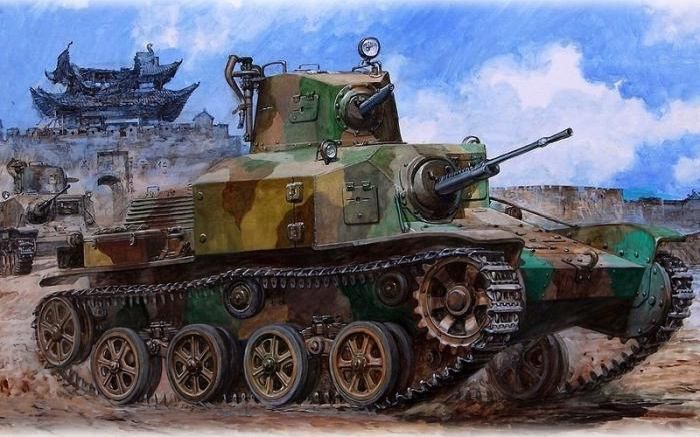|
|
Tank Drawing
|
A tank is a tracked, armoured fighting vehicle designed for front-line combat which combines operational mobility and tactical offensive and defensive capabilities. Firepower is normally provided by a large-calibre main gun in a rotating turret and secondary machine guns, while heavy armour and all-terrain mobility provide protection for the tank and its crew, allowing it to perform all primary tasks of the armoured troops on the battlefield.
Tanks in World War I were developed separately and simultaneously by Great Britain and France as a means to break the deadlock of trench warfare. Their first use in combat was by the British Army on September 15, 1916 at Flers-Courcelette, during the Battle of the Somme. The name "tank" was adopted in Great Britain during the early stages of their development, as a security measure to conceal their purpose.
Tanks of the interwar period evolved into the designs of World War II. Important concepts of armoured warfare were developed; the Soviet Union introduced the T-34, a predecessor of the main battle tank; Germany introduced blitzkrieg ('lightning war'), a technique which made use of massed concentrations of tanks supported by artillery and air power to break through the enemy front and cause a complete collapse in enemy resistance and morale.
Tanks in the Cold War advanced to counter greater battlefield threats. Tanks became larger and their armour became thicker and much more effective. Advances in manufacturing late in the war allowed the mass production of composite armor. Aspects of gun technology changed significantly as well, with advances in shell design.
|
|









